The Supreme Court revives a family's quest to recover looted Nazi art
The painting in question is currently in a Spanish museum

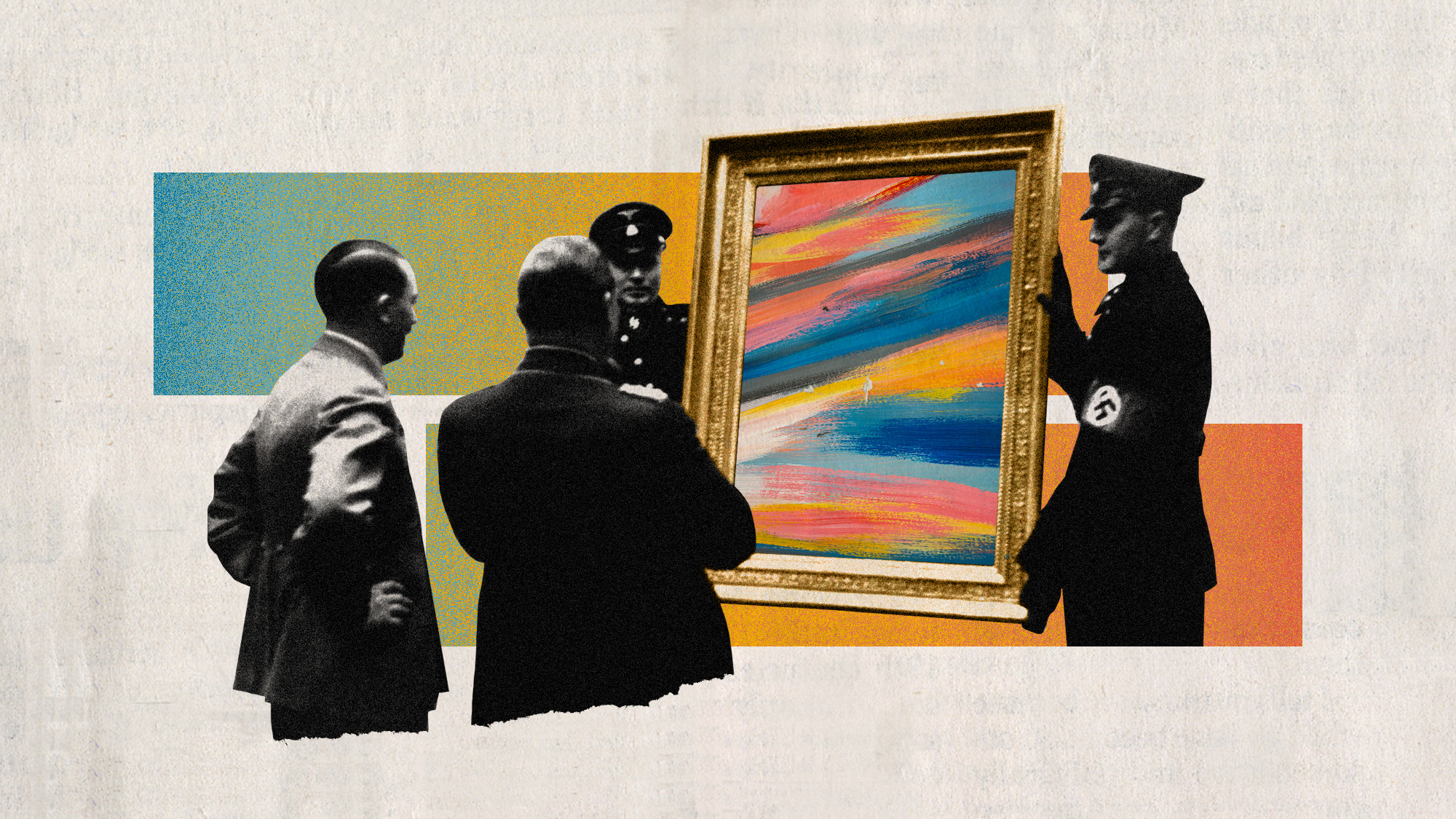
The U.S. Supreme Court decided on March 10 to revive a claim by a family over an heirloom, an impressionist painting that had been stolen from their ancestors by the Nazis during World War II. The artwork currently hangs in a Spanish museum, and the Cassirer family has been trying to reclaim it for several decades.
The 1897 painting, "Rue Saint-Honoré in the Afternoon. Effect of Rain" by Camille Pissarro, is back in the headlines after the Supreme Court overturned a lower-court ruling that said the museum had the right to keep the artwork. The museum has pledged to continue fighting for the painting.
What is the crux of the case?
The case revolves around the central question of whether the museum's ownership of the painting should be "reconsidered under a California law passed last year that aims to strengthen the claims of Holocaust survivors and their families seeking to recover stolen art," said The Associated Press. The artwork has had a long and tumultuous history; it was previously owned by Lilly Cassirer Neubauer, a German Jew who "surrendered the painting to the Nazis in order to get visas for herself and her husband to leave Germany." The painting is one of untold pieces of artwork plundered by the Nazis and is estimated to be worth tens of millions of dollars.
The Week
Escape your echo chamber. Get the facts behind the news, plus analysis from multiple perspectives.

Sign up for The Week's Free Newsletters
From our morning news briefing to a weekly Good News Newsletter, get the best of The Week delivered directly to your inbox.
From our morning news briefing to a weekly Good News Newsletter, get the best of The Week delivered directly to your inbox.
The painting made its way around the world with different collectors before ending up in Madrid's Thyssen-Bornemisza National Museum in 1992, where it has been ever since. The Cassirer family has sued several times to have the work returned to them. But a "federal judge in Los Angeles and the U.S. 9th Circuit Court of Appeals in San Francisco had ruled the Spanish museum had lawfully obtained the painting," said the Los Angeles Times, despite acknowledging that the Nazis had stolen the artwork.
The "legal conclusion over property transfers ran into the moral claim that stolen artwork from the Holocaust era must be returned," said the Times, and now the Supreme Court has ordered the 9th Circuit to reexamine the case. Lilly Cassirer's descendants "describe the painting, which once hung in Cassirer's parlor in her German home, as a 'family treasure' and argue that the museum has both a moral imperative to return it and a duty under international treaties," said The Washington Post.
What comes next?
For now, the ruling is a major victory for the Cassirer family and Lilly Cassirer's descendent, Claude Cassirer, who died in 2010 and first sued for the painting's return. The new California state law cited by the Supreme Court was "specifically designed to help the Cassirer family," said The San Diego Union-Tribune. The Supreme Court's recent ruling is a "victory for Holocaust survivors and their descendants — as well as for justice and morality," California Assemblyman Jesse Gabriel, who sponsored the new law, said in a statement.
However, the museum is not giving up easily. The Supreme Court's ruling gives the "9th Circuit the first opportunity to examine if the new California Assembly Bill is valid and what, if any, impact it may have," Thaddeus Stauber, an attorney for the museum, said in a statement. The museum "looks forward to working with all concerned to once again ensure that its ownership is confirmed with the painting remaining on public display in Madrid."
A free daily email with the biggest news stories of the day – and the best features from TheWeek.com
Justin Klawans has worked as a staff writer at The Week since 2022. He began his career covering local news before joining Newsweek as a breaking news reporter, where he wrote about politics, national and global affairs, business, crime, sports, film, television and other news. Justin has also freelanced for outlets including Collider and United Press International.
-
 A peek inside Europe’s luxury new sleeper bus
A peek inside Europe’s luxury new sleeper busThe Week Recommends Overnight service with stops across Switzerland and the Netherlands promises a comfortable no-fly adventure
-
 Space data centers could be joining the orbit
Space data centers could be joining the orbitUnder the radar The AI revolution is going cosmic
-
 Codeword: December 23, 2025
Codeword: December 23, 2025The daily codeword puzzle from The Week
-
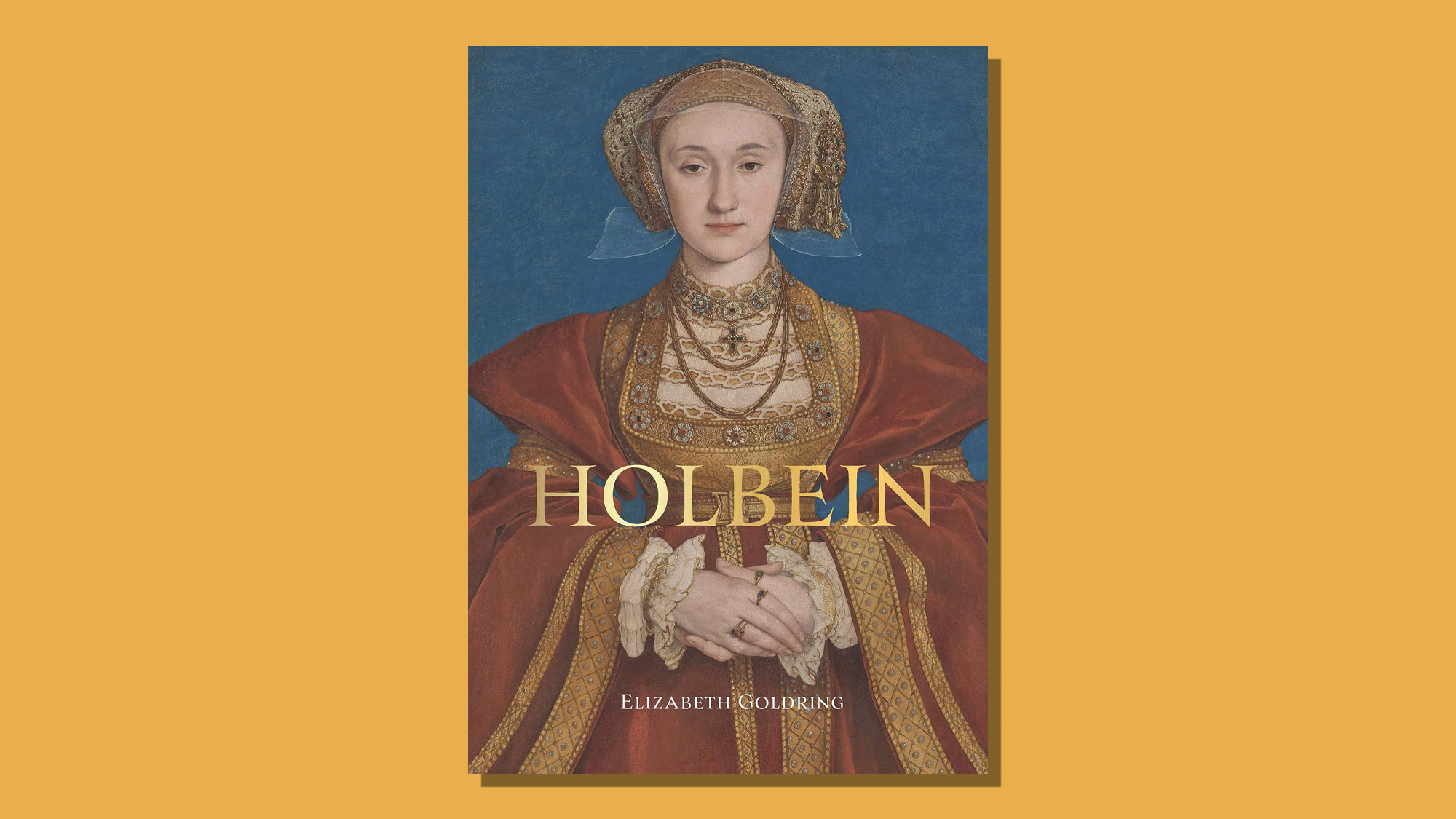 Holbein: ‘a superb and groundbreaking biography’
Holbein: ‘a superb and groundbreaking biography’The Week Recommends Elizabeth Goldring’s ‘definitive account’ brings the German artist ‘vividly to life’
-
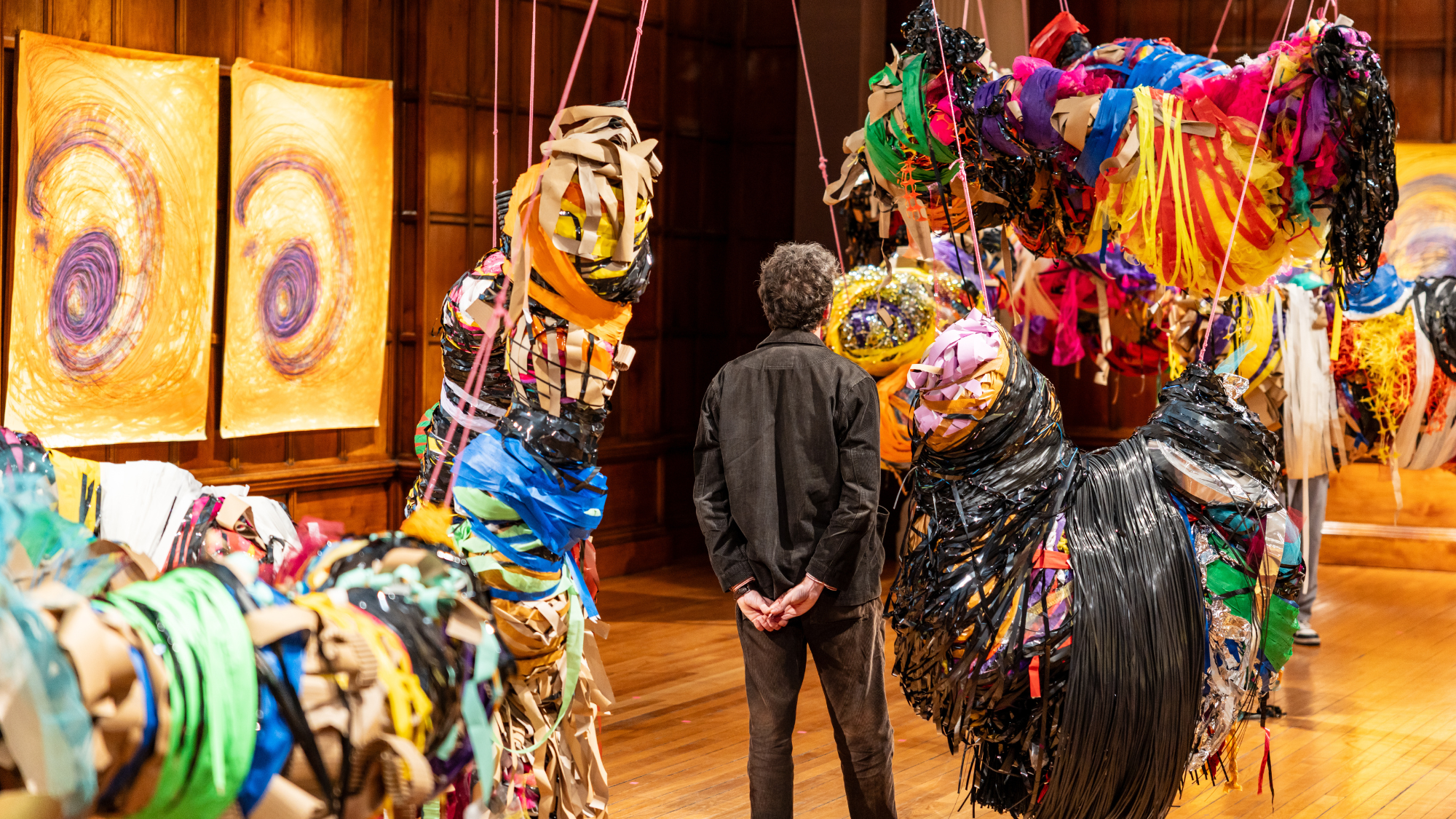 Nnela Kalu’s historic Turner Prize win
Nnela Kalu’s historic Turner Prize winTalking Point Glasgow-born artist is first person with a learning disability to win Britain’s biggest art prize
-
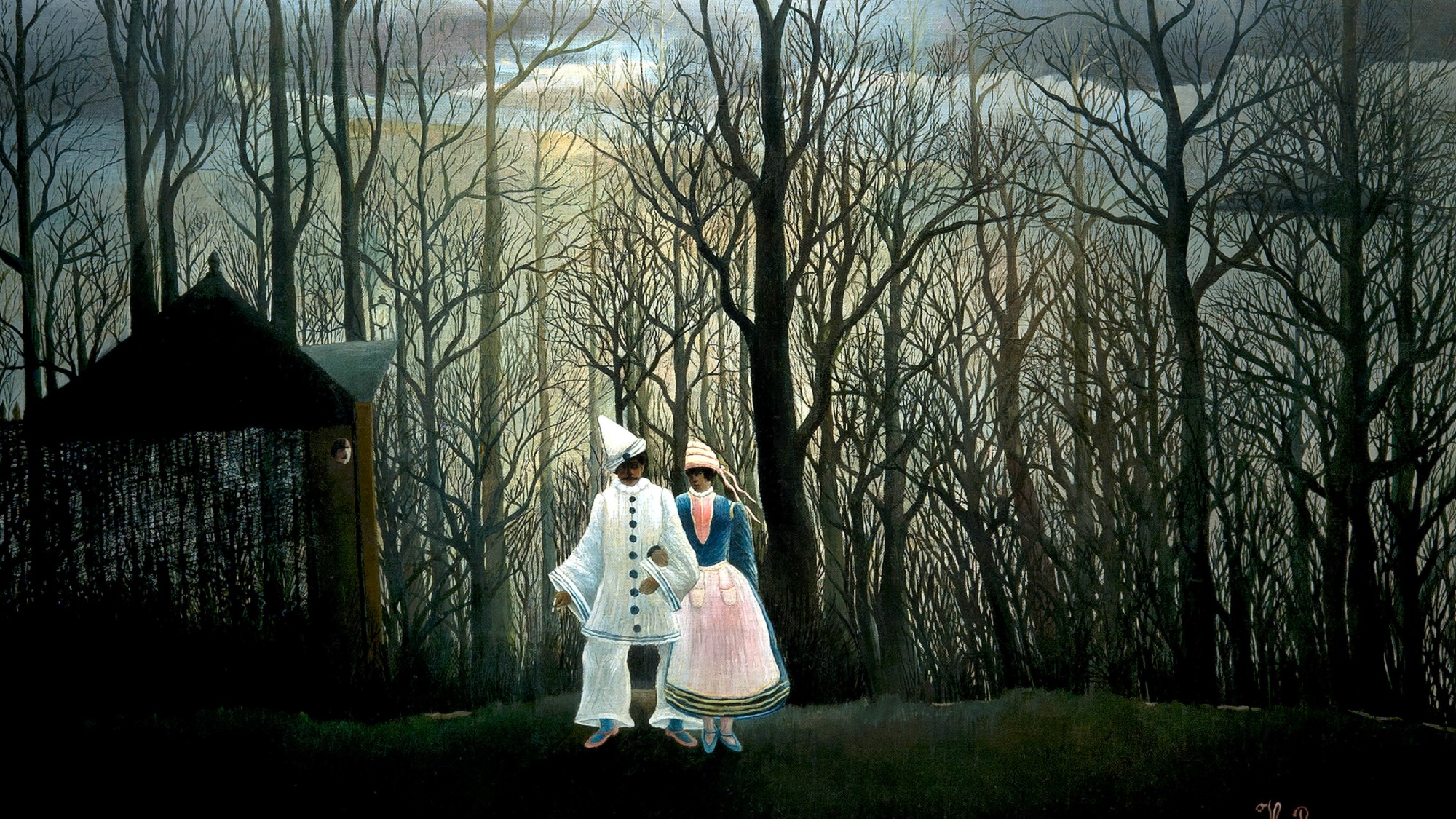 Henri Rousseau: A Painter’s Secrets
Henri Rousseau: A Painter’s Secretsfeature Barnes Foundation, Philadelphia, through Feb. 22
-
 Jane Austen lives on at these timeless hotels
Jane Austen lives on at these timeless hotelsThe Week Recommends Here’s where to celebrate the writing legend’s 250th birthday
-
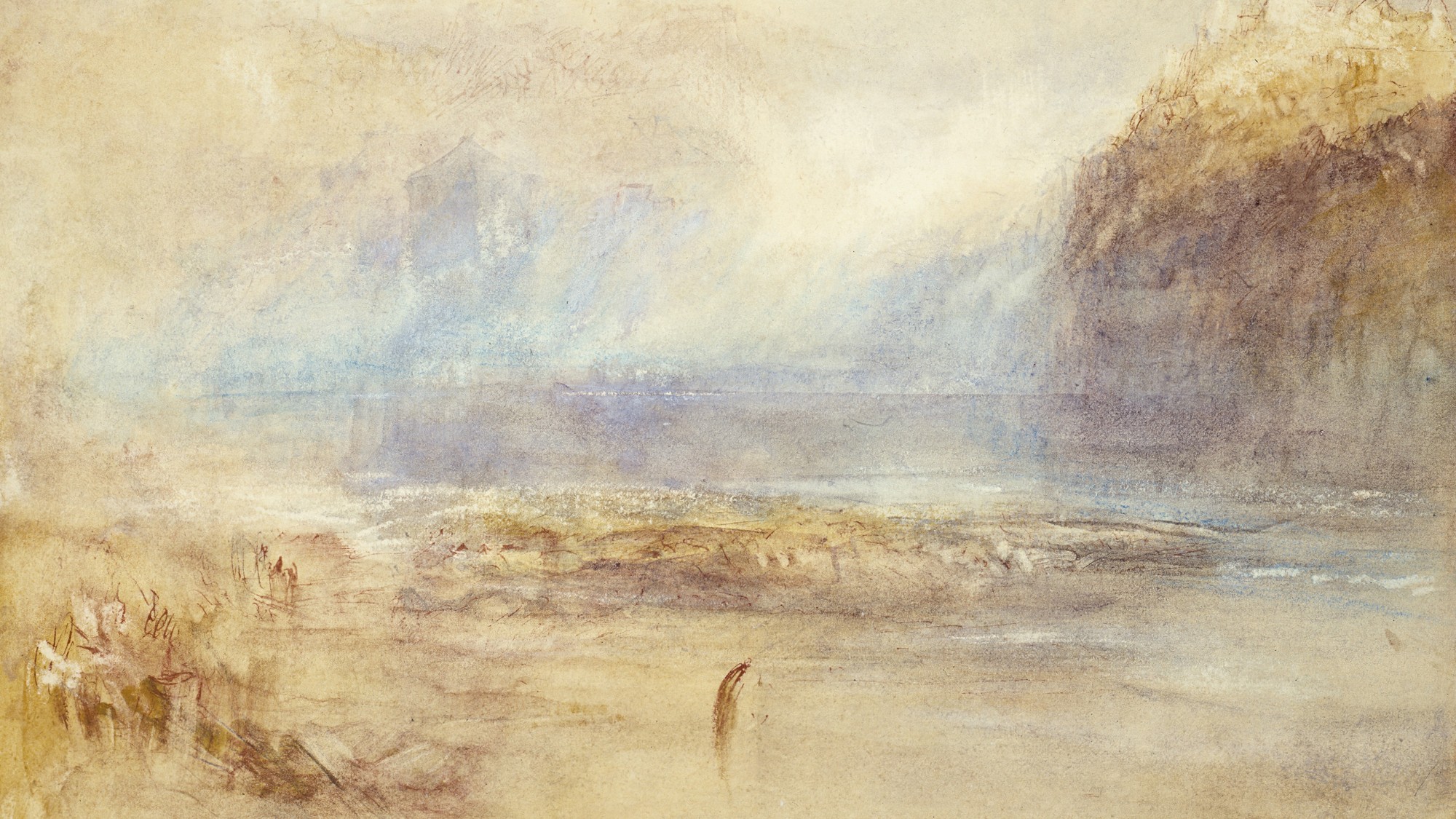 Turner: The Secret Sketchbooks – a fascinating portrait of the great painter
Turner: The Secret Sketchbooks – a fascinating portrait of the great painterThe Week Recommends BBC2 documentary examines the rarely seen sketchbooks of the enigmatic artist
-
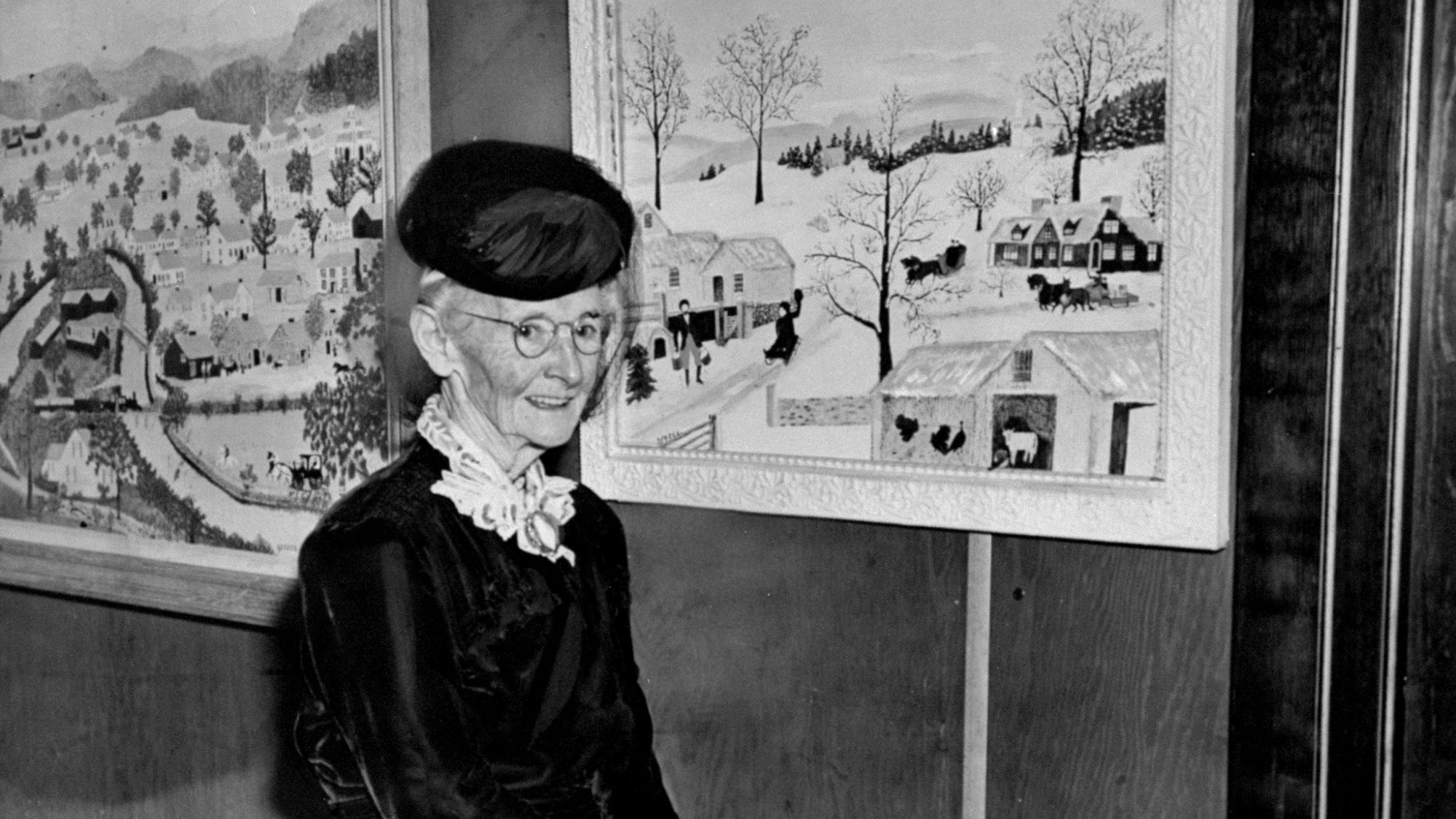 6 gripping museum exhibitions to view this winter
6 gripping museum exhibitions to view this winterThe Week Recommends Discover the real Grandma Moses and Frida Kahlo
-
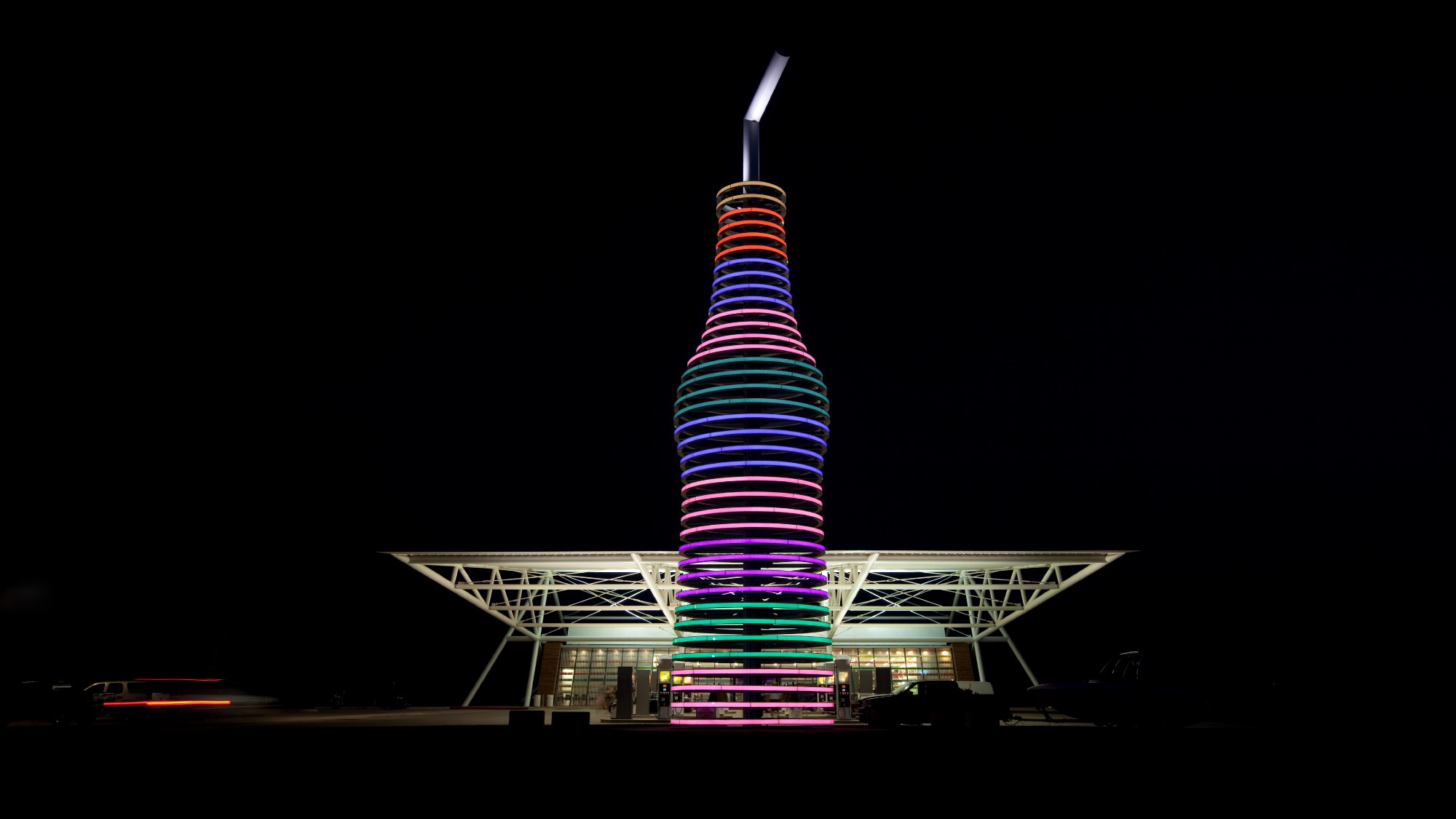 Pull over for these one-of-a-kind gas stations
Pull over for these one-of-a-kind gas stationsThe Week Recommends Fill ’er up next to highland cows and a giant soda bottle
-
 The most downloaded country song in the US is AI-generated
The most downloaded country song in the US is AI-generatedUnder the radar Both the song and artist appear to be entirely the creation of artificial intelligence
